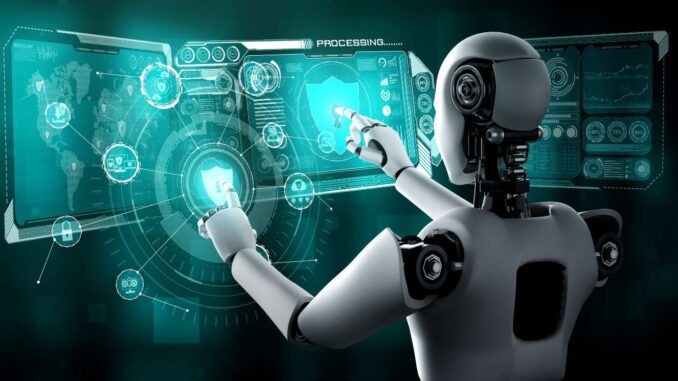
AI chatbots are designed to respond to user inputs in a contextually relevant and informative way, leveraging natural
language processing (NLP) and machine learning techniques. Here are some key features of such chatbots:








1. **Natural Language Understanding (NLU)**: NLU allows the chatbot to comprehend the meaning behind user inputs rather than just the specific words used. This helps the bot to grasp user intent and respond accurately.
2. **Context Awareness**: Advanced chatbots can maintain context through a conversation, allowing for more meaningful interactions. They remember previous exchanges in the same session, which helps in delivering more personalized responses.
3. **Dynamic Response Generation**: Instead of relying on scripted responses, many chatbots use algorithms to generate replies based on the data they have been trained on. This makes them adaptable to various user queries.
4. **Knowledge Base Integration**: Chatbots can be linked to extensive databases, FAQs, or other resources that they can query to provide accurate answers or perform actions on behalf of the user.
5. **User Intent Recognition**: By identifying the user’s intent (what the user wants to achieve), the chatbot can provide more relevant and accurate responses. This is often achieved using classification algorithms.
6. **Fallback Mechanism**: When a chatbot encounters an input it cannot understand, it can redirect the user to an appropriate response or escalation, such as suggesting the user rephrase their question or connecting them with a human agent.
7. **Learning and Adaptation**: Many AI chatbots incorporate machine learning techniques that allow them to learn from user interactions over time, improving their responses and understanding of user needs.
### Examples of AI Chatbots
1. **ChatGPT**: Developed by OpenAI, this model can engage in general conversations, answer questions, write essays, and more based on user input.
2. **Google Assistant**: A voice-activated assistant that can respond to a wide variety of queries related to everyday tasks, provide information, and interact with users in natural language.
3. **IBM Watson Assistant**: This platform allows businesses to create chatbots tailored to specific needs, utilizing machine learning and data analysis to provide intelligent responses.
4. **Microsoft Bot Framework**: A comprehensive framework for building chatbots that can handle various interactions and integrate with other Microsoft products.
5. **Replika**: An AI companion chatbot designed to provide a friendly conversational experience, allowing users to freely discuss thoughts and feelings.
6. **Zendesk Chatbot**: Used for customer service applications, it can answer frequently asked questions and escalate issues as needed.
### Applications
– **Customer Service**: Answer common queries and assist customers with their needs.
– **E-commerce**: Guide users through product selections, answer inquiries, and assist with purchases.
– **Education**: Provide answers to student queries, assist with study materials, and facilitate learning.
– **Health & Wellness**: Give information on symptoms, medications, and general health tips.
– **Personal Assistance**: Help with daily tasks, set reminders, and provide general information.
These chatbots always consider user input in context and strive to deliver accurate, helpful responses while ensuring an engaging user experience.

Leave a Reply